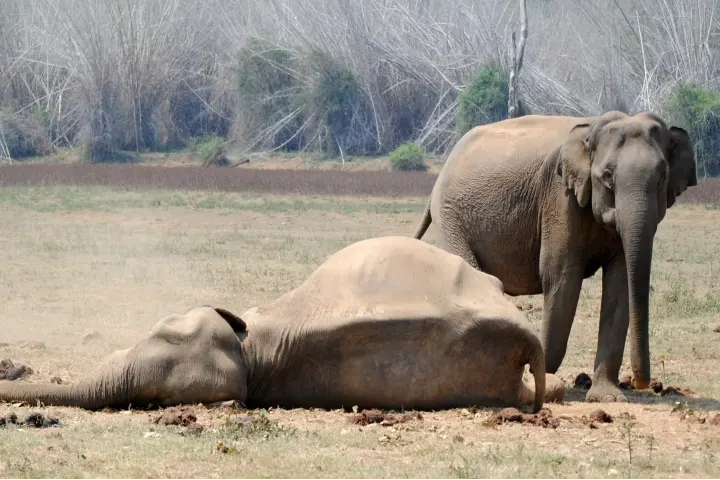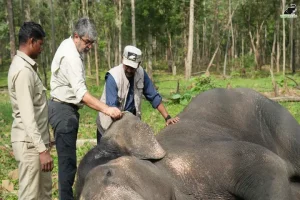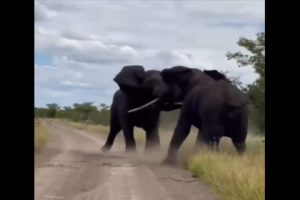It is not just the do-it-yourself enthusiasts and students who are tapping the vast resources of YouTube as even serious scientists are doing the same!
Scientists had heard and known about Asian elephants mourning their dead, and even seen it a few times. Yet this phenomenon — a rare occurrence since these animals are difficult to find – makes the study of their funeral customs a tough task if not completely impossible. It was like being at the right place at the right time!
This made the researchers take help from open-source videos, like YouTube – a video sharing and social media platform — to perceive the hard-to-study behaviour and response of Asian elephants when their near and dear ones died, a study that is called thanatology.
This entire exercise comprising unusual methods of study was published in the journal Royal Society Open Science last month. What makes the study interesting is that some of the reactions of these mammals were contrary to expectation.
Commenting on this, one of authors of the study, Sanjeeta Pokharel told New York Times: “There were stories about it, there was newspaper documentation, but there was no scientific documentation.”
Pokharel is a biologist with the Smithsonian Conservation Biology Institute.
The elephants’ reaction to death was looked up by the researchers on YouTube, using key phrases like “Asian elephant death” and “elephant response to death”. Going through the plethora of visual material available, they zeroed on 39 videos which had shot 24 incidents depicting the mourning behaviour of Asian elephants besides one video that a co-author of the study had provided. The period covered by the visuals ranged from 2010 to 2021.
There were some recurrent issues that came up in the videos. These mammals guarded the dead animal’s body, there was change in their posture and stance, they made noises and they examined and touched the bodies.
That’s not all, as in-between this behaviour, they touched each other using their heads or trunks, sniffing each other or exhibiting “calming-like interactions”, as gestures of reassurance as per the paper written by the scientists.
In five cases, the adult females hauled the calf’s body and took them around the forest. This demeanour was uncommon and it indicated that the female could detect that something was not right.
It is possible that the presence of people who captured this whole set of reactions had affected the behaviour of these elephants yet this study does bring to light some very vital and valuable insights into how these creatures behave. In fact, adding to the existing and growing studies and evidence, the research not only suggests but reiterates their high intelligence. The pachyderms are known to comprehend the difference in quantities of food, moving objects to gain elevation in order to reach food, and know when their bodies are in the way.
Even with so much proof, scientists are hesitant to earmark human emotions to the elephants. They may seem to be mourning and giving each other comfort like human beings yet researchers need more studies to be done to understand the motives of these creatures.
Shermin de Silva, a biologist with Sri Lanka’s Udawalawe Elephant Research Project speaking to Science observed that such studies “help bridge that emotional divide between humans and other species”. She was not part of the study.
Also read: In Africa many elephants are now born without tusks in nature's revolt against poaching




















